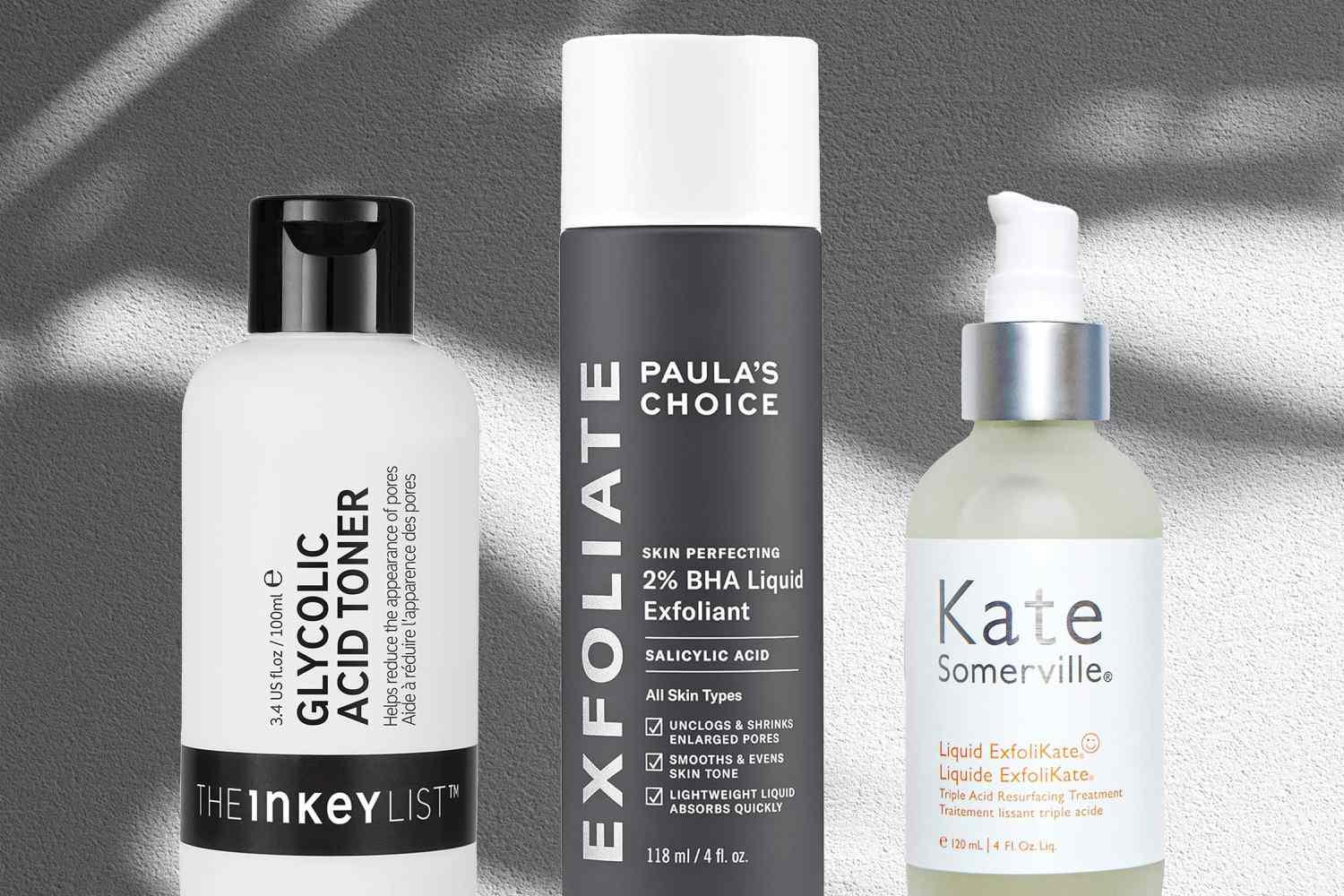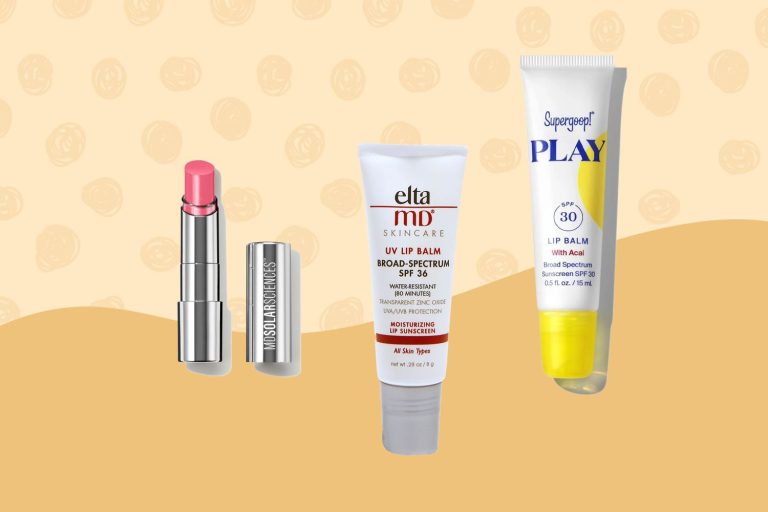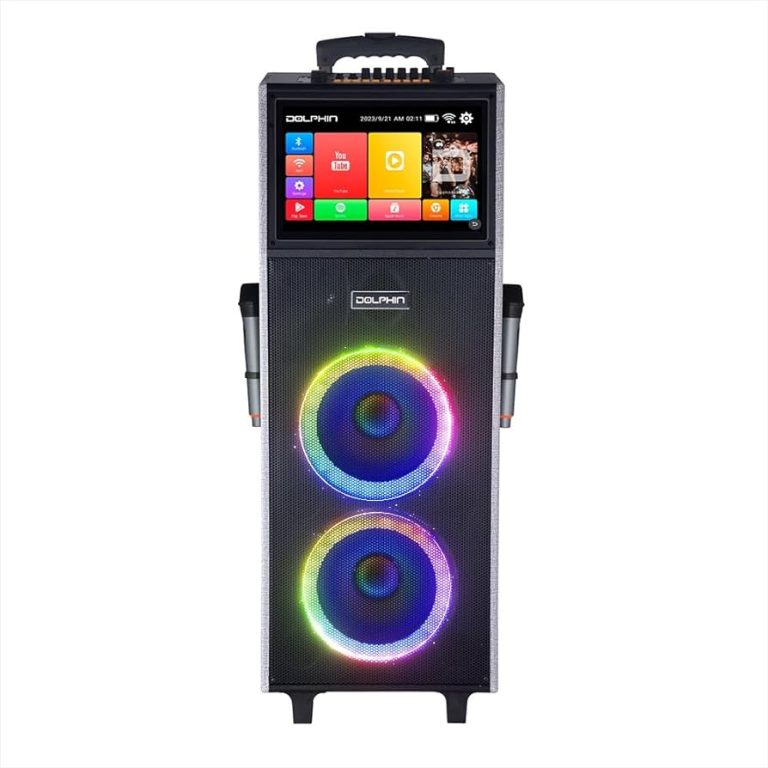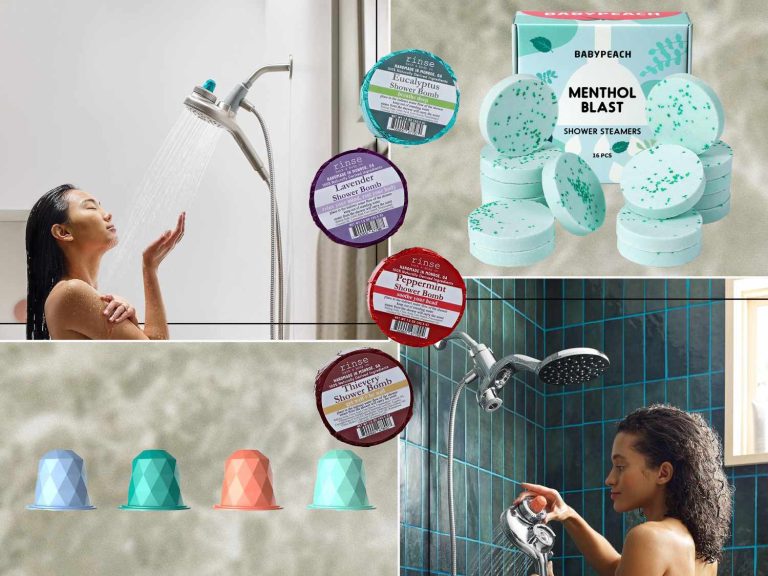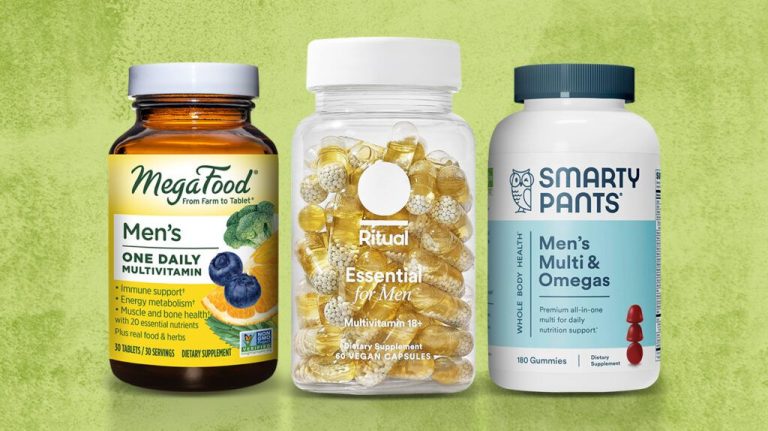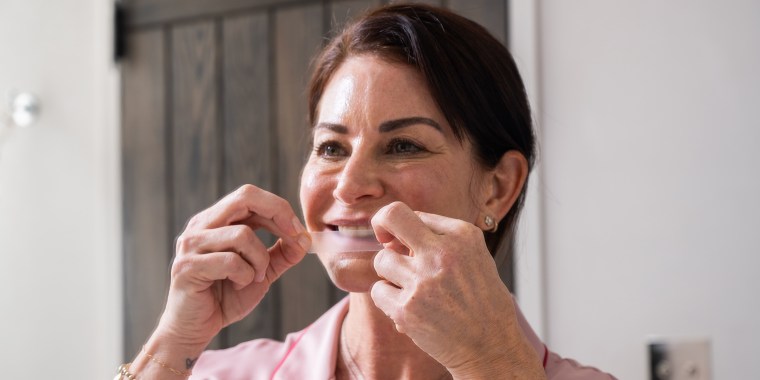9 Best Exfoliators for Your Face: Perfect Choices for Every Skin Type
Your skincare routine isn’t complete without a good exfoliator. Exfoliation helps you shed dead skin cells, revealing a brighter, smoother complexion underneath. But with so many products on the market, finding the right one for your skin type can be overwhelming.
Whether you have sensitive, oily, or combination skin, there’s an exfoliator out there that suits your needs. In this article, you’ll discover the 9 best exfoliators for your face, each offering unique benefits to help you achieve that radiant glow. Dive in to find your perfect match and elevate your skincare game.
Choosing the Right Exfoliator for Your Skin Type
Selecting the right exfoliator tailored to your skin type is crucial for maintaining a healthy glow. Use this guide to identify which exfoliator suits you best.
Normal Skin Type
Normal skin types have a balanced moisture level and don’t experience frequent breakouts. Look for exfoliators with gentle ingredients like lactic acid or fruit enzymes. These components help remove dead cells without irritating the skin. Examples are pineapple or papaya-based scrubs or mild AHAs (Alpha Hydroxy Acids).
Oily Skin Type
Oily skin produces more sebum, leading to a shiny appearance and potential acne. Opt for exfoliators containing salicylic acid, which penetrates pores to reduce oil. Products with clay or charcoal also work well, drawing out impurities and absorbing excess oil. Examples include charcoal masks or salicylic acid gels.
Dry Skin Type
Dry skin lacks moisture, often feeling tight and flaky. Choose exfoliators with hydrating components such as hyaluronic acid or glycerin. Avoid harsh scrubs; instead, look for products with mild exfoliants like sugar or jojoba beads. Examples are sugar scrubs or hydrating enzyme peels.
Sensitive Skin Type
Sensitive skin is prone to irritation and redness. Use exfoliators with soothing ingredients like chamomile or oatmeal. Select products labeled for sensitive skin and avoid those with strong acids or fragrances. Examples include oatmeal-based scrubs or chamomile-infused exfoliating gels.
Combination Skin Type
Combination skin exhibits both oily and dry areas, typically oily in the T-zone (forehead, nose, and chin) and dry on the cheeks. Opt for balanced exfoliators containing both hydrating and oil-absorbing ingredients. Look for multi-tasking products, such as those with niacinamide and gentle physical exfoliants. Examples are dual-texture pads or mixed enzyme masks.
Ingredient Spotlight in Exfoliators
Understanding the key ingredients in exfoliators can help you choose the right product for your skin’s needs. Here’s a closer look at some of the most popular exfoliating agents.
Alpha Hydroxy Acids (AHAs)
AHAs are water-soluble acids derived from fruits like grapes and citrus. They’re great for exfoliating the skin surface, making them ideal for normal to dry skin types. Lactic acid and glycolic acid are two common AHAs that promote cell turnover and improve skin texture.
Beta Hydroxy Acids (BHAs)
BHAs are oil-soluble acids that go deeper into pores to remove excess oil and dead skin cells. Salicylic acid is a well-known BHA, perfect for oily and acne-prone skin. It helps to unclog pores and reduce inflammation, making your skin clearer and smoother.
Physical Exfoliants
Physical exfoliants use granules or beads to slough off dead skin cells manually. Options like sugar, salt, and microbeads are popular choices. Bamboo powder and jojoba beads are gentler alternatives that offer a less abrasive experience for your skin.
Enzymatic Exfoliants
Enzymatic exfoliants utilize natural enzymes to break down dead skin cells. Papaya and pineapple enzymes (papain and bromelain respectively) are effective without causing irritation. They’re suitable for sensitive skin, offering a mild exfoliation that reveals a fresh, glowing complexion.
1. Best Overall Exfoliator for Face
The best overall exfoliator for your face blends efficacy with gentleness to suit a wide range of skin types. This perfect balance helps in achieving clear, radiant skin.
Features and Benefits
Combines AHAs and BHAs to target multiple skin concerns. AHAs like glycolic acid exfoliate the skin’s surface, improving texture and tone, while BHAs like salicylic acid penetrate pores to reduce acne. Includes soothing ingredients like aloe vera to minimize irritation. Gel-based formula enhances the application process, making it suitable for both morning and nighttime routines. Provides visible results such as smoother skin and reduced appearance of fine lines after consistent use. From reviews, users often see improvements within a few uses, highlighting its effectiveness.
How to Use
Start by cleansing your face to remove any makeup or impurities. Apply a small amount of exfoliator to your fingertips. Gently massage it onto your face in circular motions, avoiding the eye area. Leave it on your skin for the recommended duration, usually 1-2 minutes. Rinse thoroughly with lukewarm water and follow up with a moisturizer. Use 2-3 times a week, gradually increasing frequency if your skin tolerates it well. Always apply sunscreen during the day, as exfoliation can make your skin more sensitive to the sun.
2. Best Exfoliator for Oily Skin
When it comes to oily skin, you need an exfoliator that targets excess oil while unclogging pores and preventing breakouts. Here’s your go-to option for managing oily skin effectively.
Features and Benefits
This exfoliator harnesses the power of salicylic acid (a BHA) to dive deep into your pores and remove excess sebum. It’s been formulated with glycolic acid (an AHA) to gently slough off dead skin cells on the surface, ensuring a smoother, brighter complexion. The inclusion of tea tree oil provides an antibacterial effect, helping to keep acne at bay. With consistent use, you’ll notice fewer blackheads and a reduction in overall shine. The lightweight gel formula absorbs quickly without leaving a greasy residue, making it perfect for oily skin.
How to Use
To get the most out of this exfoliator, apply it to a clean face in the evening. Dispense a small amount onto a cotton pad and gently swipe it across your face, avoiding the eye area. Leave it on for a few minutes before rinsing with lukewarm water. For optimal results, use it 2-3 times a week. Always follow up with a non-comedogenic moisturizer and don’t forget to apply SPF during the day, as exfoliation can make your skin more sensitive to UV rays.
3. Best Exfoliator for Dry Skin
Features and Benefits
Choose an exfoliator with hydrating ingredients like hyaluronic acid, glycerin, and natural oils. These components help retain moisture while gently removing dead skin cells. Opt for a formula with fine, non-abrasive particles to avoid irritating your dry skin. Enzymatic exfoliants like papaya and pineapple are excellent choices—they work softly yet effectively. An added benefit is the improved skin texture, giving you a smoother and more radiant complexion. By ensuring the exfoliator is hydrating, you won’t strip your skin of its natural oils.
How to Use
Apply the exfoliator to a clean, damp face to minimize irritation. Use gentle, circular motions to massage the product into your skin for about a minute. Avoid excessive pressure to prevent microtears or irritation. Rinse thoroughly with lukewarm water and pat your skin dry with a soft towel. Follow up with a rich moisturizer to lock in hydration. It’s best to use this exfoliator once or twice a week, depending on your skin’s tolerance, to maintain a healthy, balanced complexion.
4. Best Exfoliator for Sensitive Skin
Sensitive skin needs a gentle touch. You must choose an exfoliator that soothes while removing dead skin cells.
Features and Benefits
Look for fragrance-free products. Fragrances can irritate sensitive skin. Opt for natural ingredients like colloidal oatmeal and aloe vera that calm inflammation. A good exfoliator should also include lactic acid, a mild AHA that gently exfoliates without causing redness. Benefits include smoother texture and reduced flakiness, making your skin feel soft and refreshed.
How to Use
Apply to clean skin. Use a small amount of exfoliator and massage it gently for about 30 seconds. Avoid applying too much pressure. Rinse thoroughly with lukewarm water. Pat your skin dry with a soft towel. Follow with a soothing moisturizer to lock in hydration. Use this exfoliator once a week to maintain a calm, radiant complexion.
5. Best Budget-Friendly Exfoliator
Finding a great exfoliator that won’t break the bank is possible. This budget-friendly option provides excellent results without compromising quality.
Features and Benefits
Affordable exfoliators often use effective yet inexpensive ingredients. You’ll find products with AHAs and BHAs that help to dissolve dead skin cells and clear pores. Many budget-friendly options also include natural exfoliants like walnut shells or rice bran, ensuring you get smooth, radiant skin without spending much.
How to Use
Start by cleansing your face thoroughly. Apply the exfoliator to damp skin, gently massaging in circular motions. Focus on areas prone to dryness or congestion. Rinse with lukewarm water and follow up with your favorite moisturizer. Use this exfoliator 1-2 times a week for the best results.
6. Best Luxury Exfoliator for Face
Features and Benefits
Choosing a luxury exfoliator offers a pampering experience and premium ingredients. The best luxury exfoliator for the face often includes high-end components such as diamond dust, pearl extract, or gold. These ingredients provide gentle yet effective exfoliation while giving your skin a radiant glow.
Luxury exfoliators frequently incorporate advanced formulations that blend physical and chemical exfoliants. You’ll find AHAs like glycolic acid or enzymes from natural sources that refine skin texture and minimize pores. Additionally, these products often include hydrating ingredients such as hyaluronic acid and essential oils to maintain the skin’s moisture balance.
How to Use
Using a luxury exfoliator correctly ensures you maximize its benefits. Start by cleansing your face thoroughly to remove any dirt and makeup. Apply a small amount of the exfoliator to your damp skin, gently massaging in circular motions for about 30 seconds. Avoid your eye area to prevent irritation.
Rinse your face with lukewarm water and pat dry with a soft towel. Follow up with a nourishing moisturizer to lock in hydration. For optimal results, use the luxury exfoliator 1-2 times a week, depending on your skin’s sensitivity and needs.
7. Best Exfoliator for Aging Skin
Features and Benefits
Choosing the right exfoliator for aging skin can help rejuvenate your complexion and reduce visible signs of aging. Look for products containing retinol, glycolic acid, and peptides. These ingredients boost collagen production, improving skin texture and elasticity. Antioxidants like vitamin C and E can protect your skin from free radicals and facilitate cell turnover. Hyaluronic acid, often found in these exfoliators, helps maintain hydration, giving your skin a plumper, youthful appearance. Some exfoliators also include enzymes from papaya or pumpkin, gently removing dead skin cells without irritation.
How to Use
Apply the exfoliator to clean, dry skin. Gently massage it in circular motions, avoiding the eye area. Leave it on for the recommended time—usually 5-10 minutes—for the ingredients to penetrate effectively. Rinse thoroughly with lukewarm water and pat dry with a soft towel. Follow up with a hydrating serum and moisturizer to lock in moisture and maintain healthy skin. Use the exfoliator 1-2 times a week, adjusting based on your skin’s sensitivity and tolerance.
8. Best Natural Exfoliator for Face
Features and Benefits
Choosing a natural exfoliator ensures you’re treating your skin without harsh chemicals. Look for products with ingredients like fruit enzymes (papaya, pineapple), oatmeal, and sugar. These components gently remove dead skin cells while providing nourishment. Papaya enzymes contain papain, which helps brighten the skin. Oatmeal is great for soothing irritation, making it ideal for sensitive skin. Sugar particles provide a gentle physical exfoliation suitable for all skin types. Using natural exfoliants can improve texture, clarity, and overall skin health, giving you a radiant and smooth complexion.
How to Use
Start by cleansing your face thoroughly. Apply a small amount of the natural exfoliator to damp skin. Massage in circular motions to enhance blood circulation and ensure even exfoliation. Focus on areas prone to dryness or flakiness like the nose and forehead. Rinse with lukewarm water and pat your skin dry with a soft towel. Follow up with a hydrating toner and your favorite moisturizer to lock in moisture. Use the natural exfoliator 2-3 times a week based on your skin type and sensitivity.
9. Best Exfoliator for Acne-Prone Skin
Features and Benefits
Choosing the right exfoliator for acne-prone skin can make a world of difference. Look for products containing salicylic acid (a BHA) that penetrates deep into pores. Salicylic acid effectively cleans out impurities and prevents breakouts. Niacinamide is another key ingredient, reducing inflammation and redness while controlling oil production. It’s also beneficial to include soothing agents like green tea extract and chamomile to calm irritated skin.
A great exfoliator combines these ingredients to not only clear acne but also enhance overall skin texture, making it smoother and less congested over time.
How to Use
Start by cleansing your face with a gentle, non-comedogenic cleanser. Apply the exfoliator evenly, focusing on areas prone to breakouts. Use your fingers to gently massage the product into your skin, avoiding any broken or irritated areas. Rinse thoroughly with lukewarm water. For optimal results, follow up with a lightweight, oil-free moisturizer to keep your skin hydrated. Use the exfoliator 2-3 times a week based on your skin’s sensitivity and current condition.
Conclusion
Choosing the right exfoliator for your skin type can make a significant difference in your skincare routine. Whether you have normal, oily, dry, sensitive, combination, or acne-prone skin, there’s an exfoliator designed to meet your needs. Remember to look for key ingredients like AHAs, BHAs, and natural exfoliants that suit your skin type.
Don’t forget to follow proper application techniques and moisturize after exfoliating to maintain healthy, glowing skin. By incorporating the right exfoliator into your routine, you’ll achieve a smoother, more radiant complexion.
Frequently Asked Questions
What is the best exfoliator for normal skin?
For normal skin, look for an exfoliator that contains alpha hydroxy acids (AHAs) like glycolic acid or lactic acid. These ingredients help remove dead skin cells and promote cell turnover without being too harsh.
Which ingredients are suitable for oily skin?
Beta hydroxy acids (BHAs) such as salicylic acid are ideal for oily skin. They penetrate deeper into the pores to help clear up oil and prevent acne.
What type of exfoliator should dry skin use?
Dry skin benefits from gentle exfoliants like lactic acid, which hydrates while exfoliating. Physical exfoliants with fine particles and enzymatic exfoliants are also good choices.
How can I exfoliate sensitive skin without irritation?
For sensitive skin, opt for exfoliants with soothing ingredients like colloidal oatmeal or niacinamide. Enzymatic exfoliants are gentle options that minimize irritation.
What exfoliator works best for combination skin?
Combination skin can benefit from a mix of AHAs and BHAs. Look for balanced formulas that address both dry and oily areas without causing excessive dryness or oiliness.
Are there natural exfoliator options available?
Yes, natural exfoliators like sugar, oatmeal, or ground coffee can gently buff away dead skin cells. Look for products labeled as natural or DIY your own at home.
How often should I exfoliate my skin?
It is generally recommended to exfoliate 2-3 times a week, depending on your skin’s sensitivity. Over-exfoliating can lead to irritation and damage.
What are the benefits of lactic acid in exfoliators?
Lactic acid helps to gently exfoliate the skin, improve hydration, and reduce the appearance of fine lines and uneven skin tone. It is a great option for dry and sensitive skin types.
Why is post-exfoliation moisturization important?
Moisturizing after exfoliation helps to restore the skin’s natural barrier and maintains hydration. It enhances the benefits of exfoliation by keeping your skin supple and radiant.
Can luxury exfoliators provide better results?
Luxury exfoliators often contain high-end components and advanced formulations, which can offer enhanced benefits. However, effectiveness can vary depending on individual skin types and needs.
